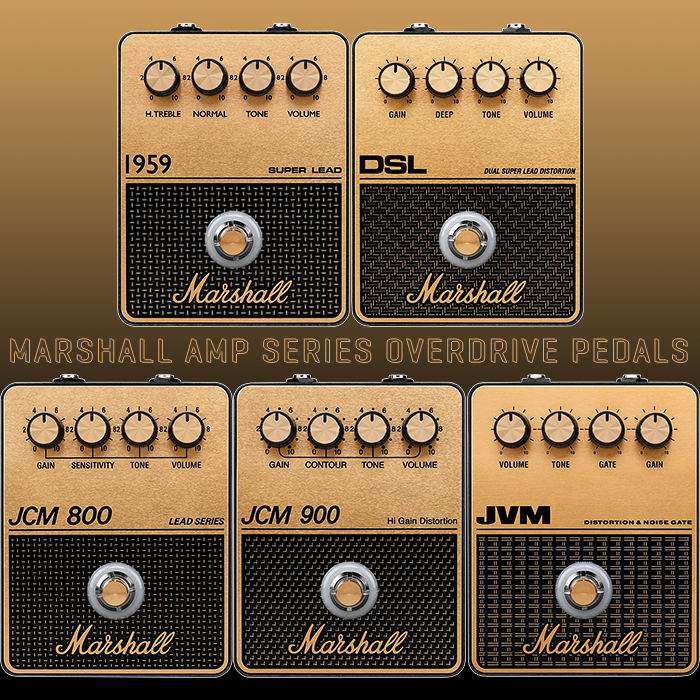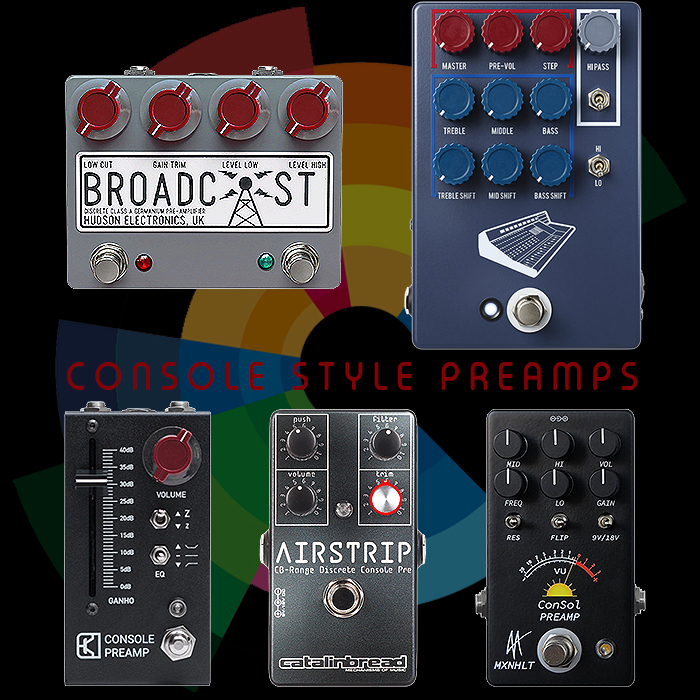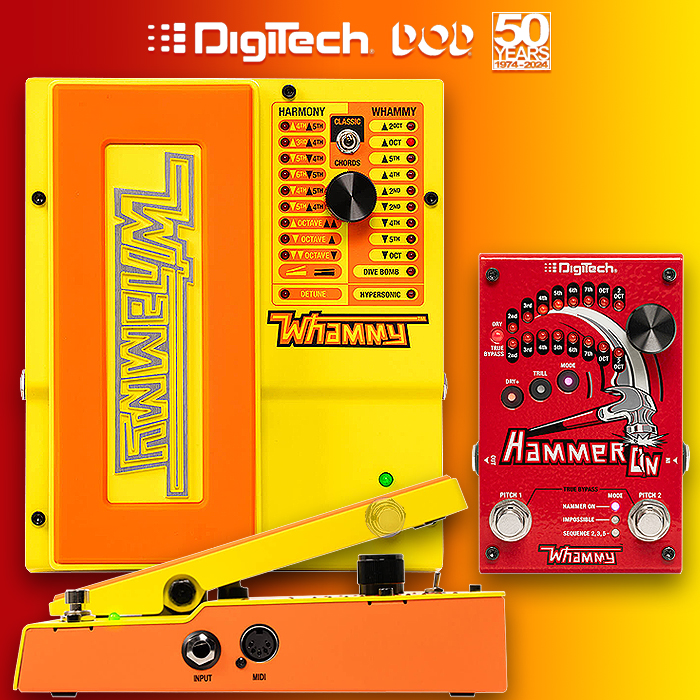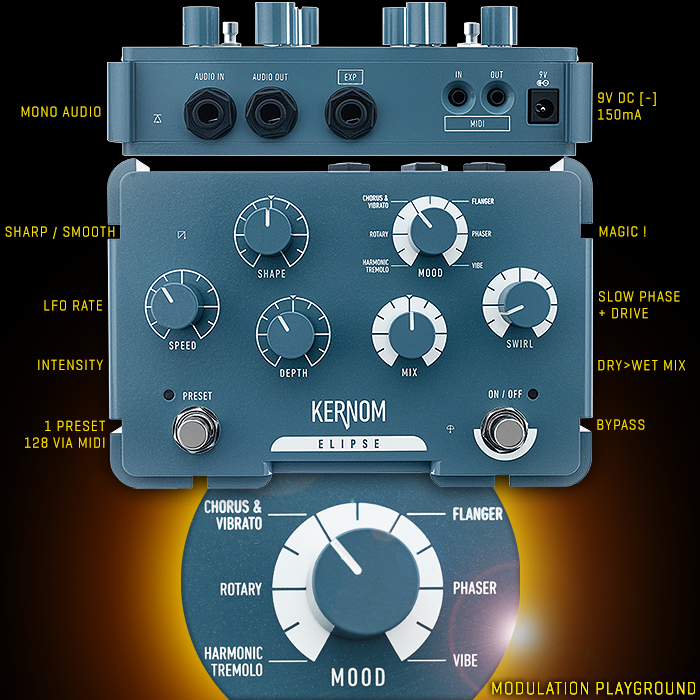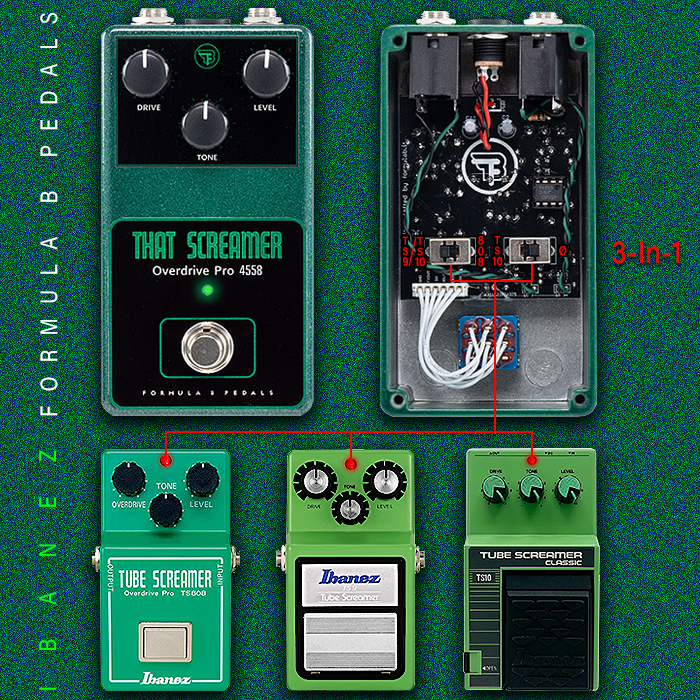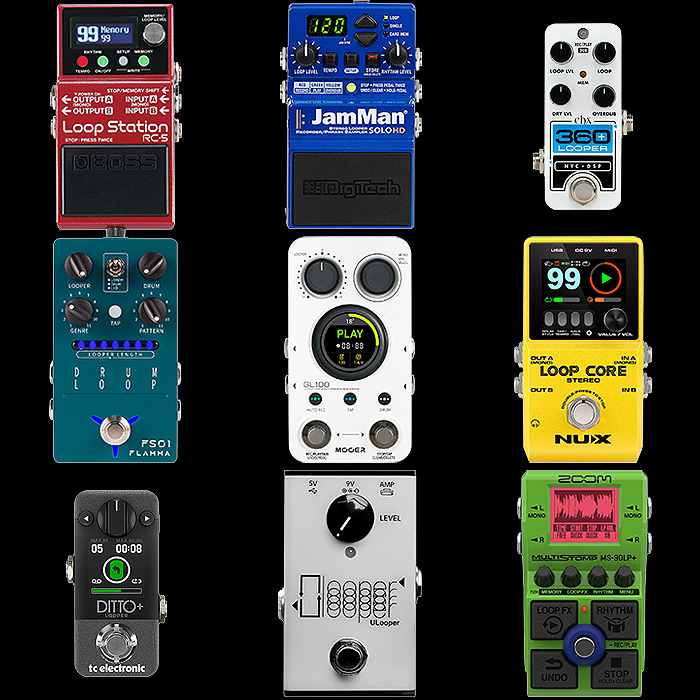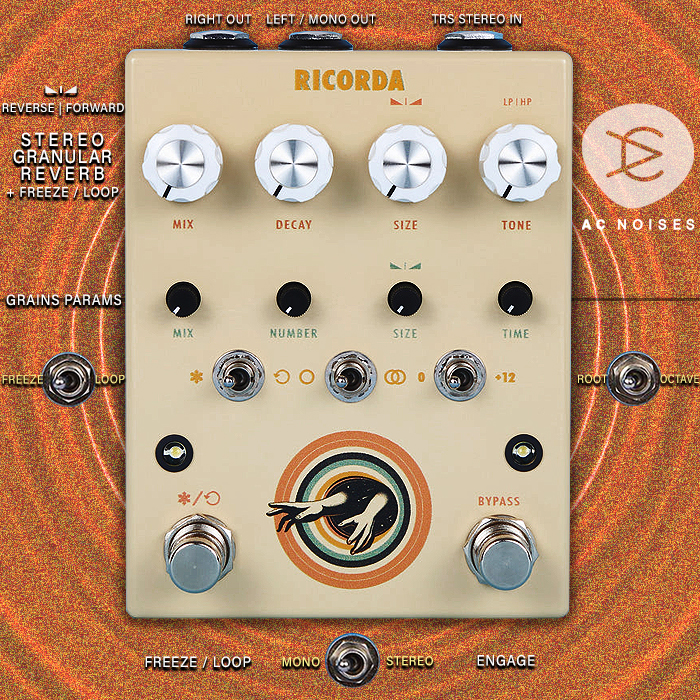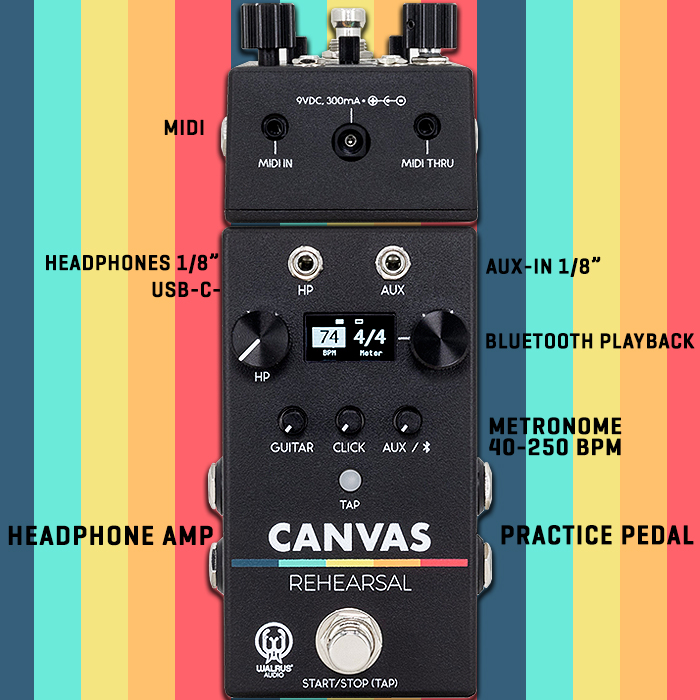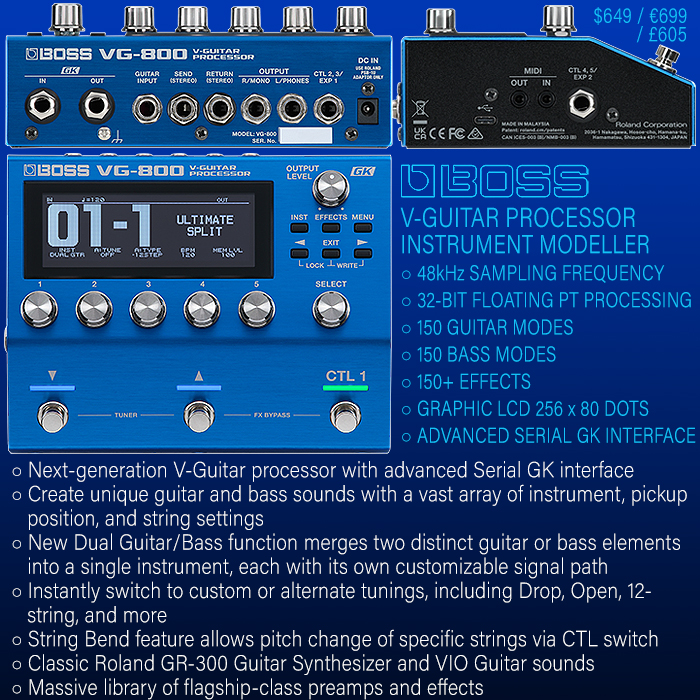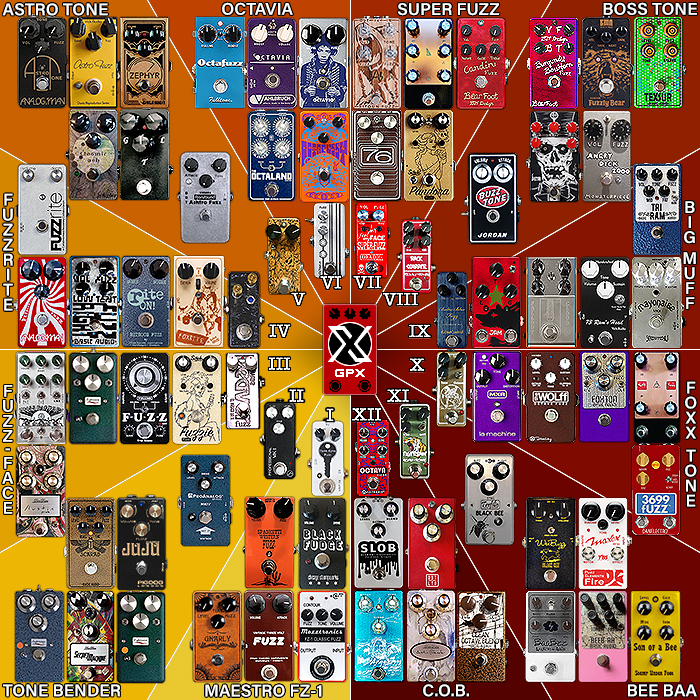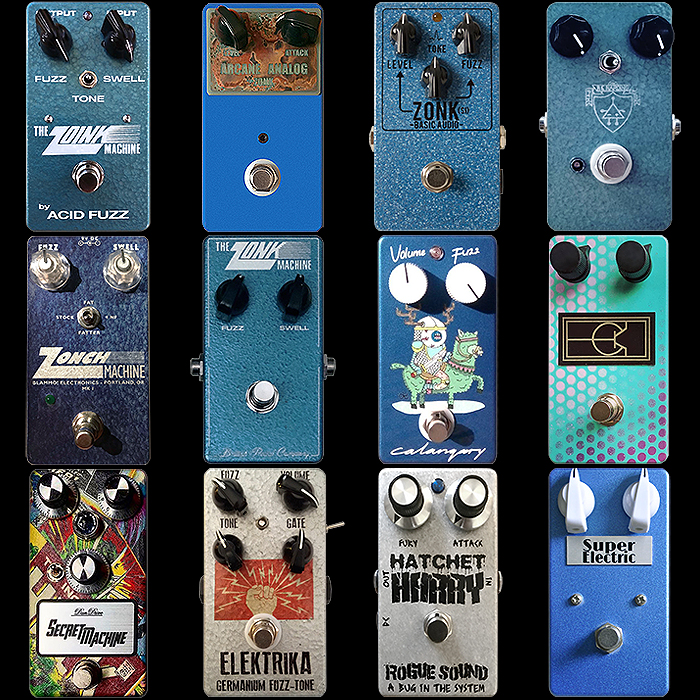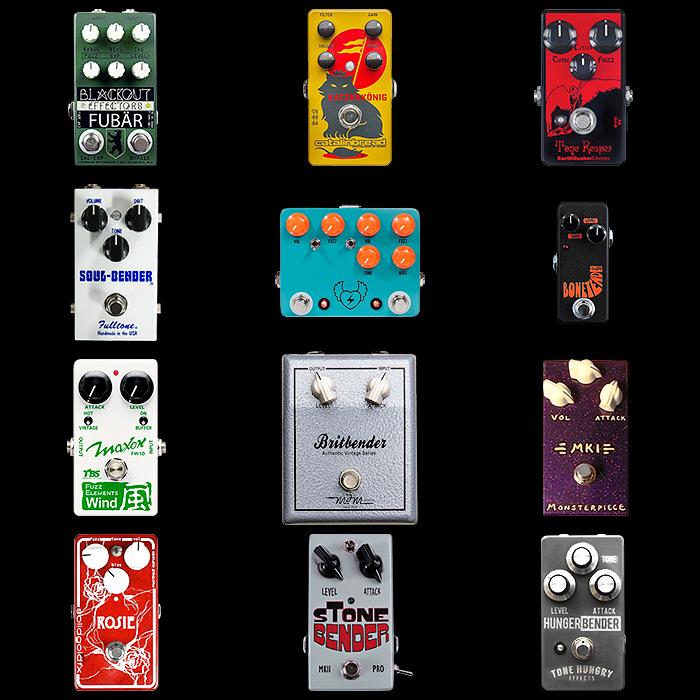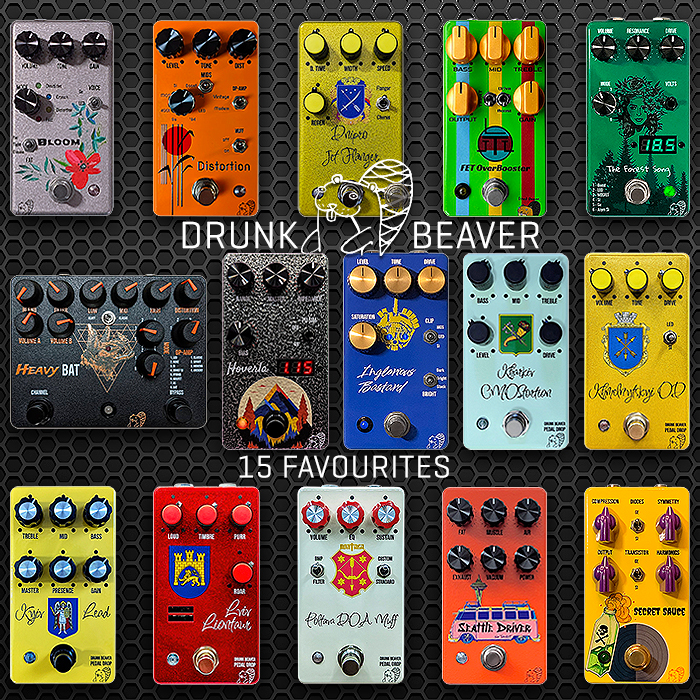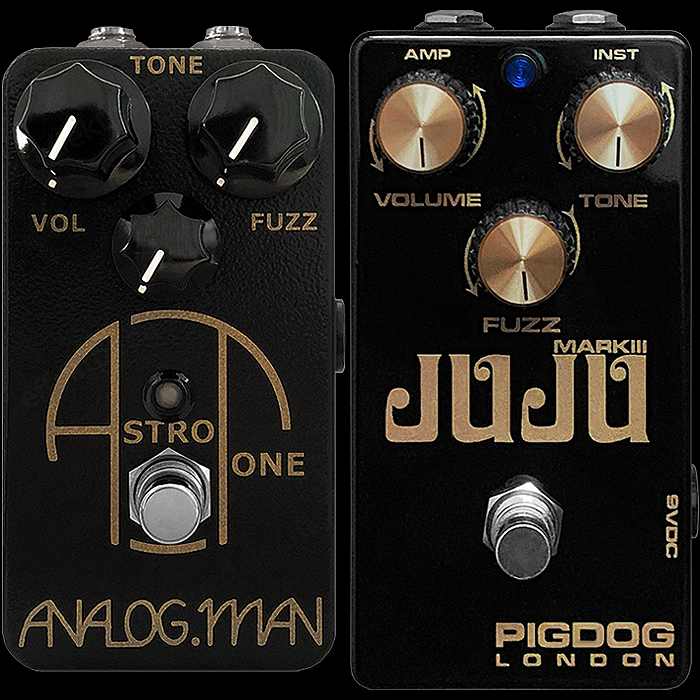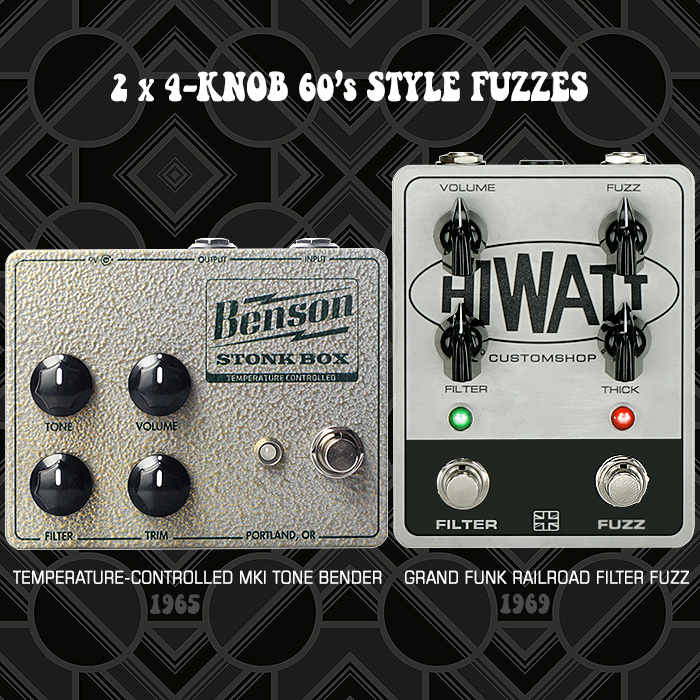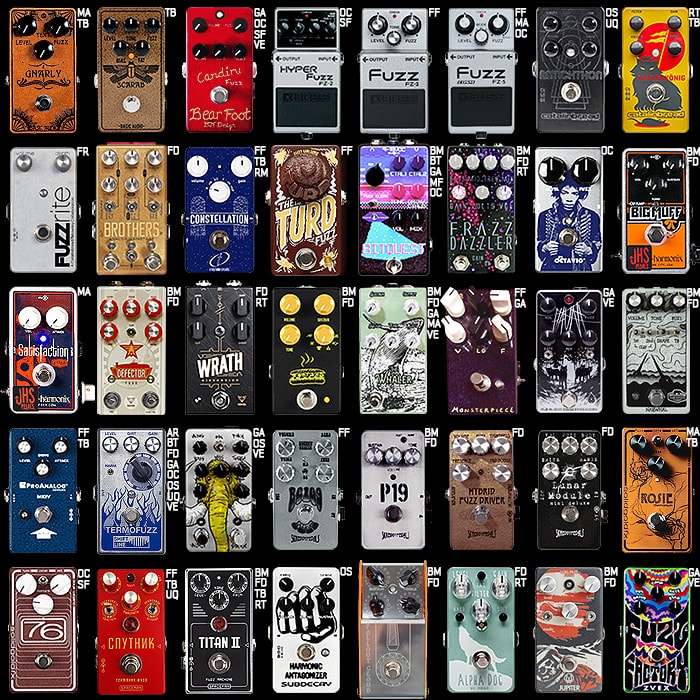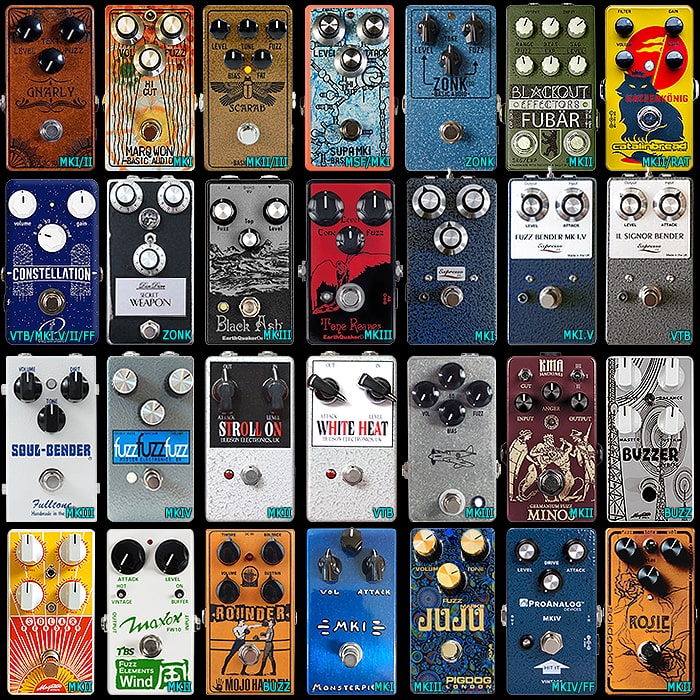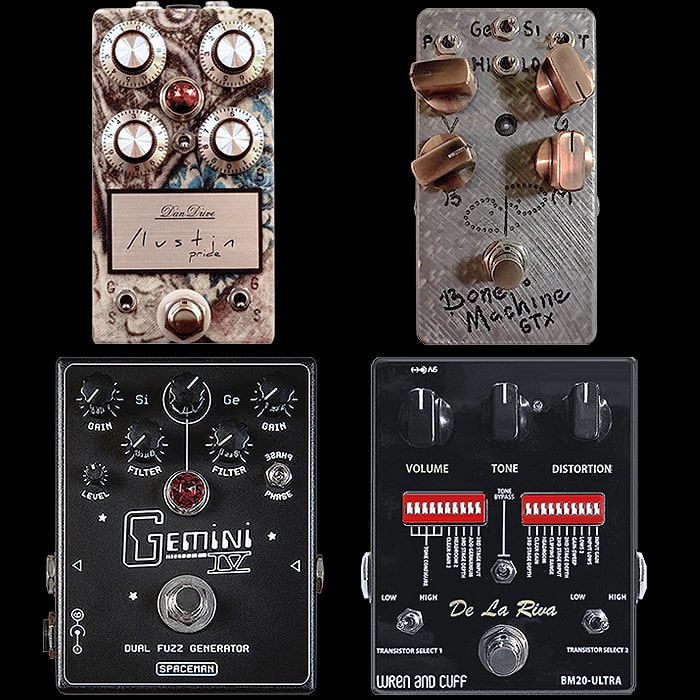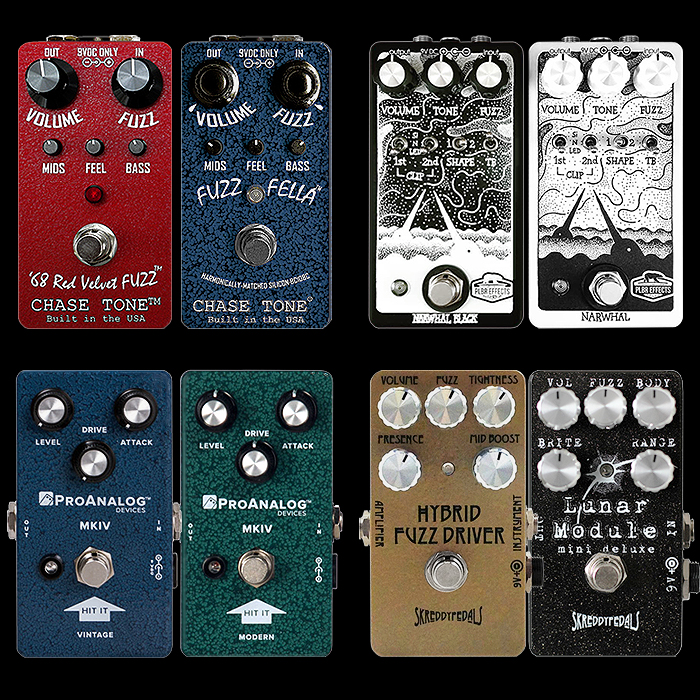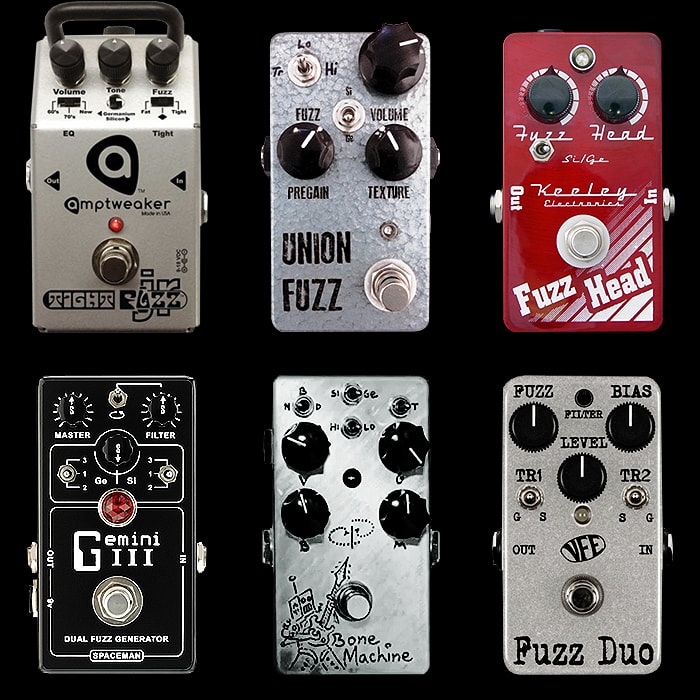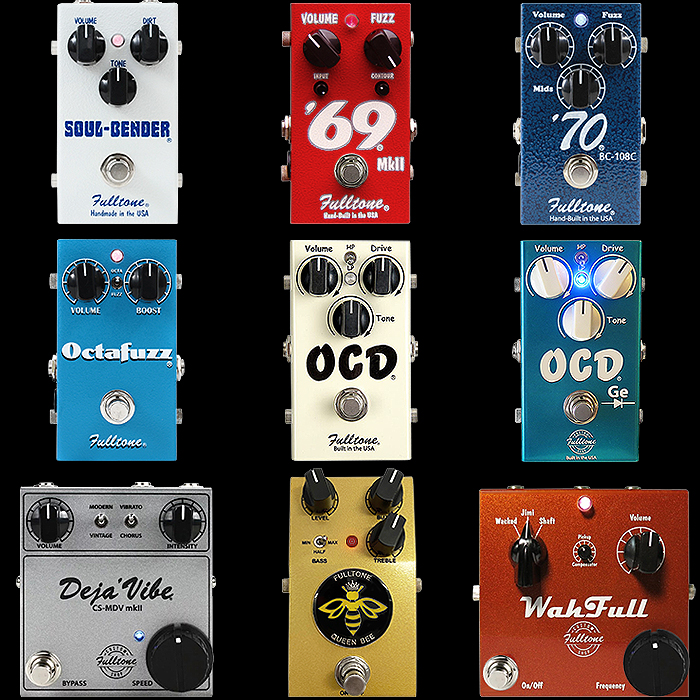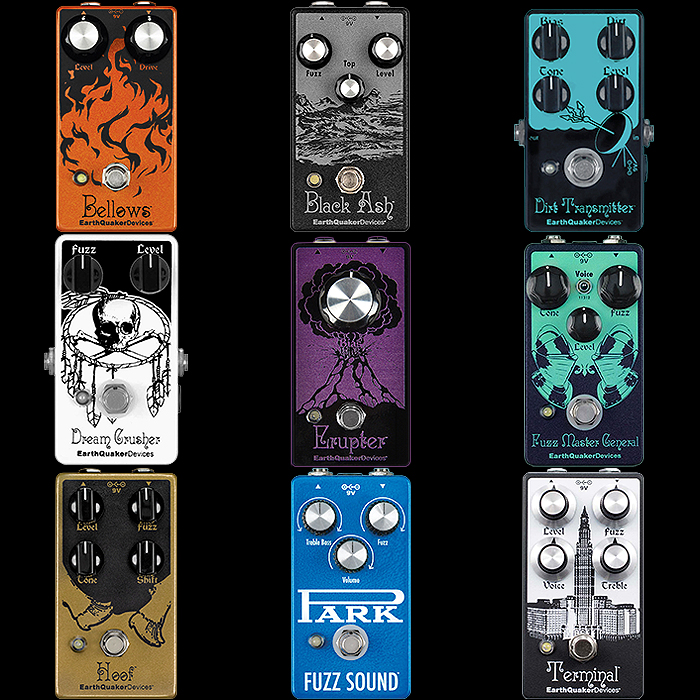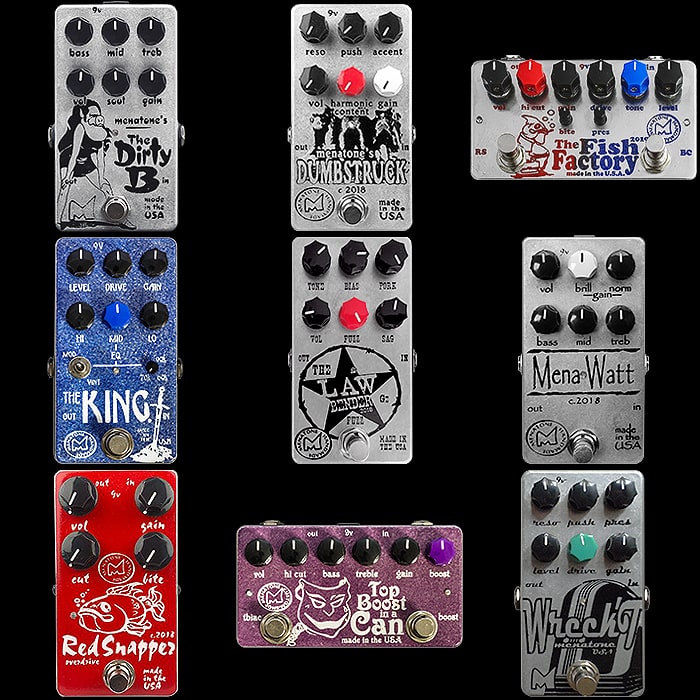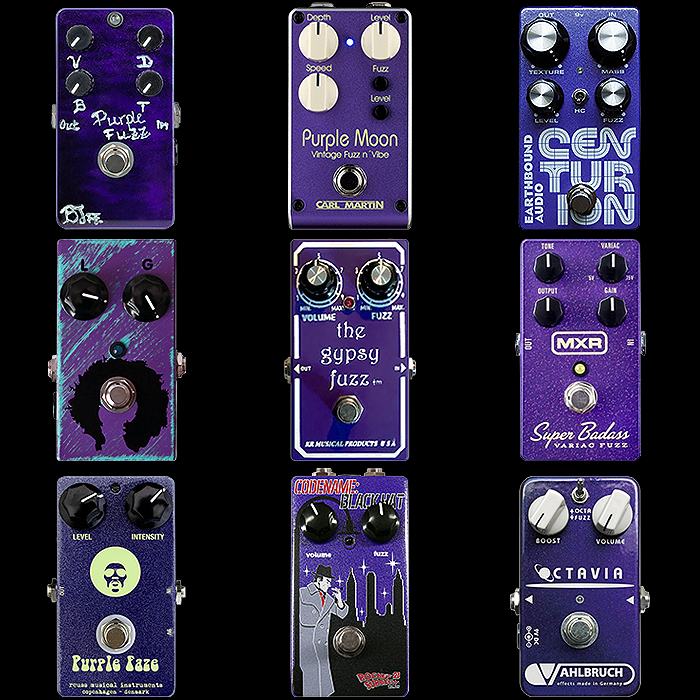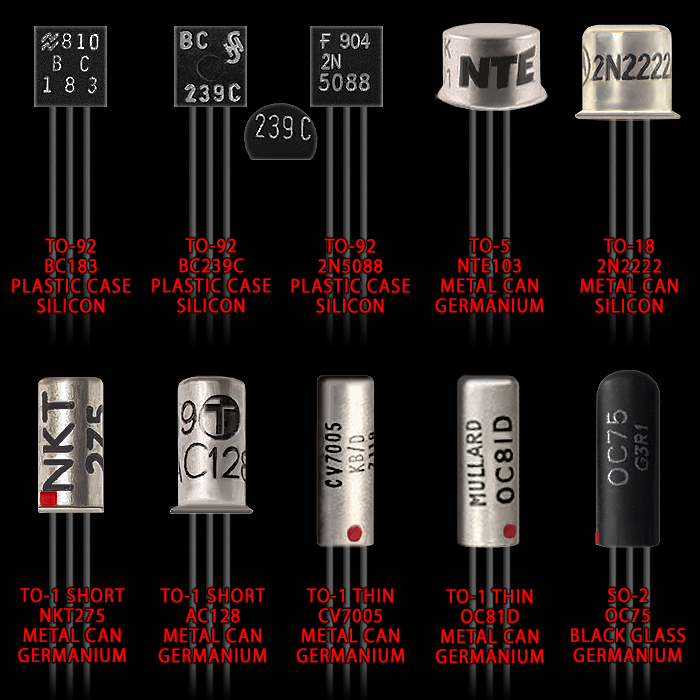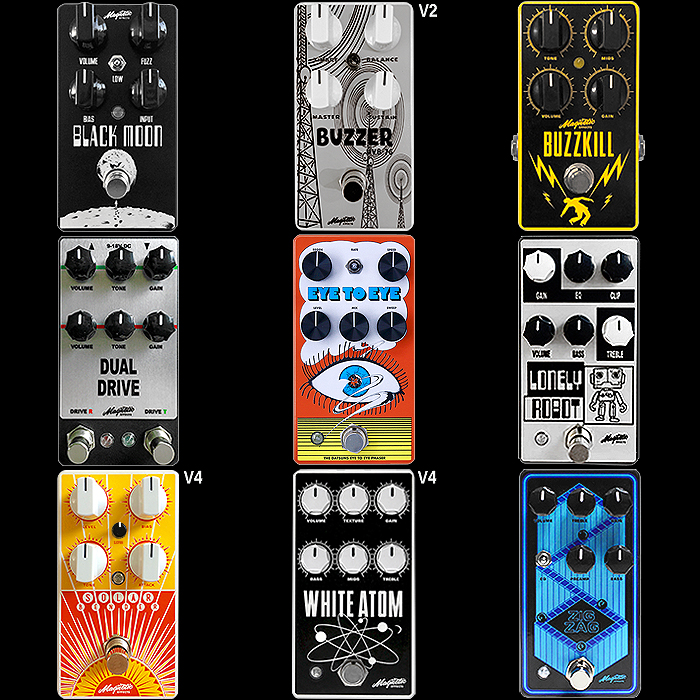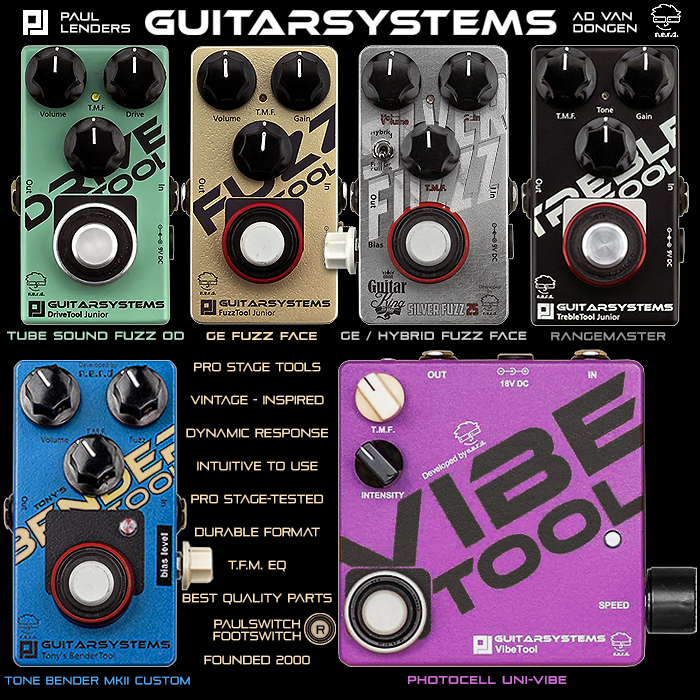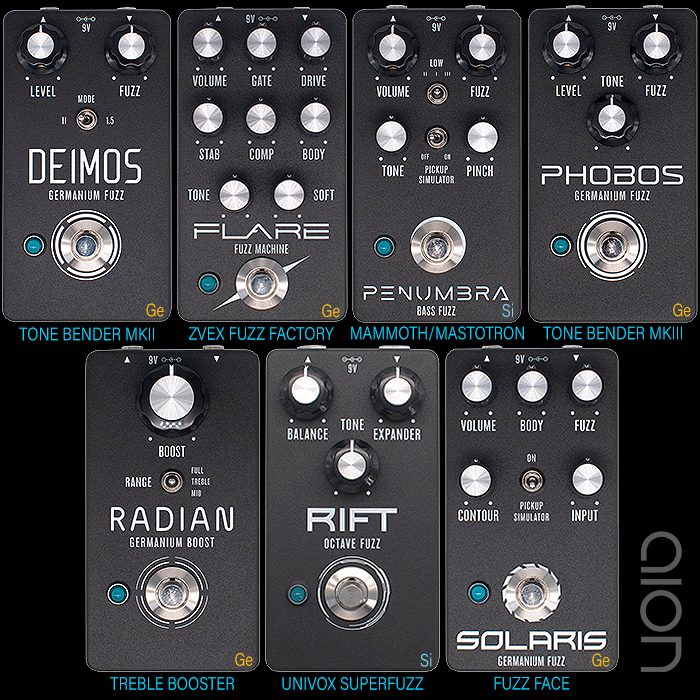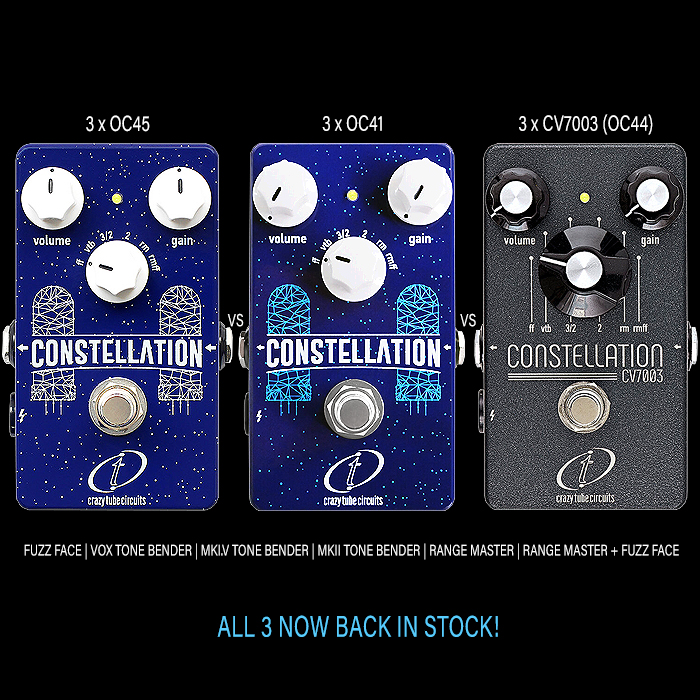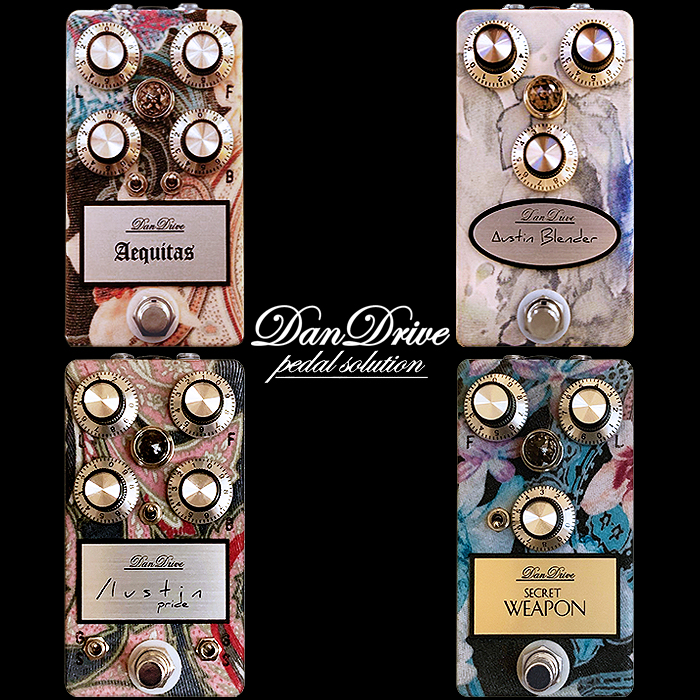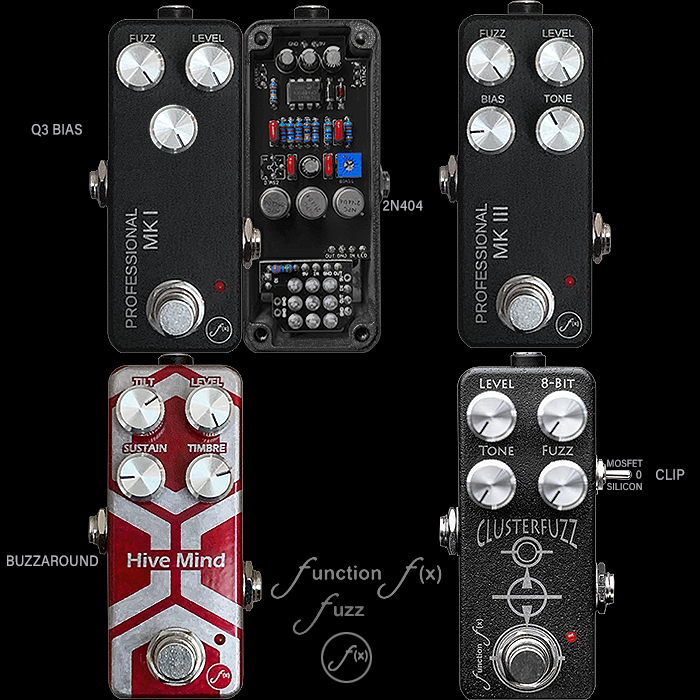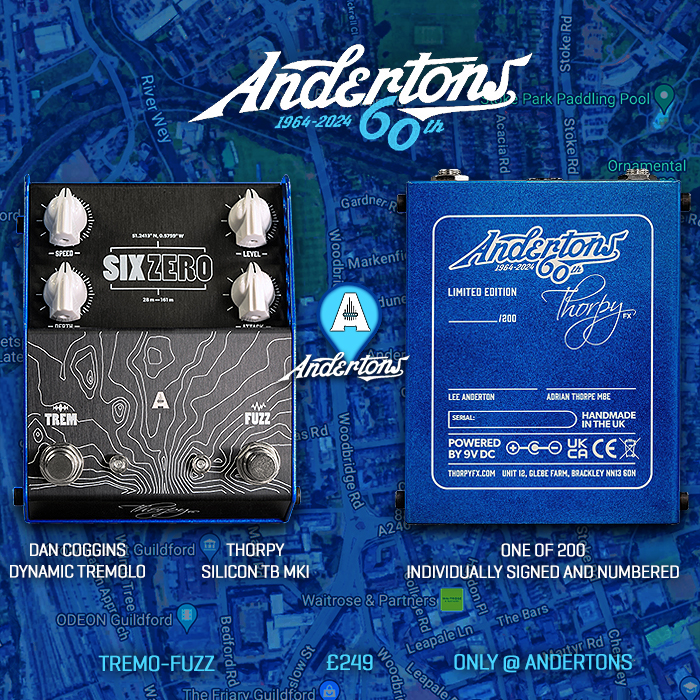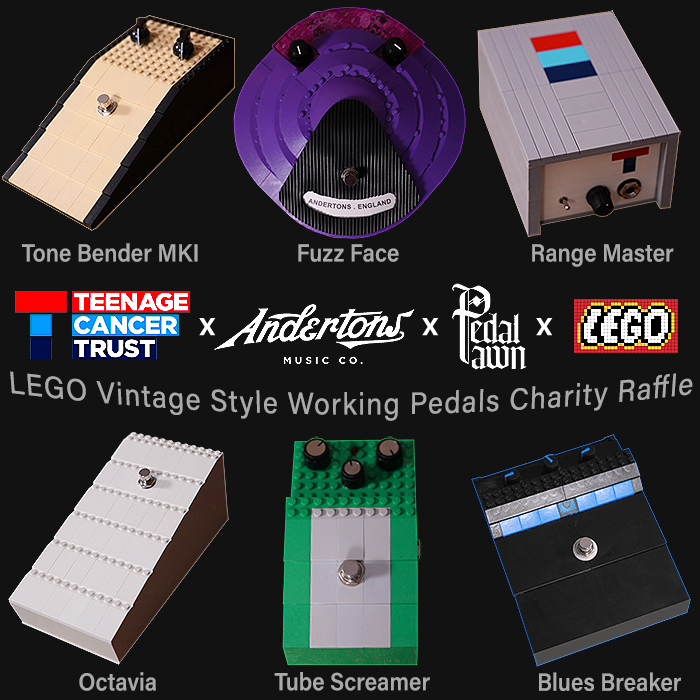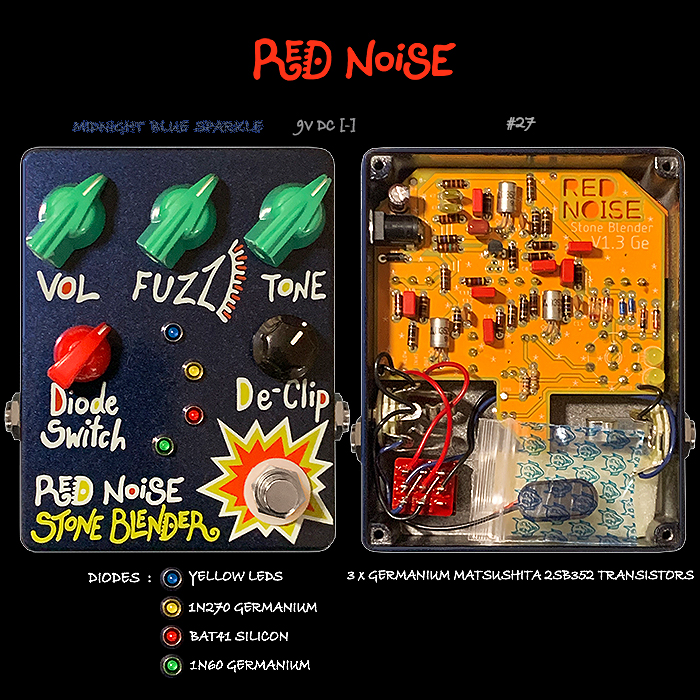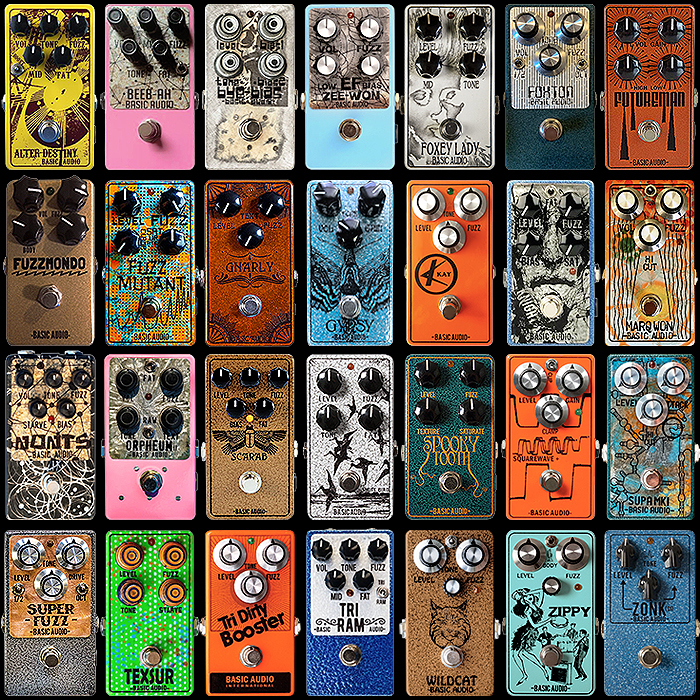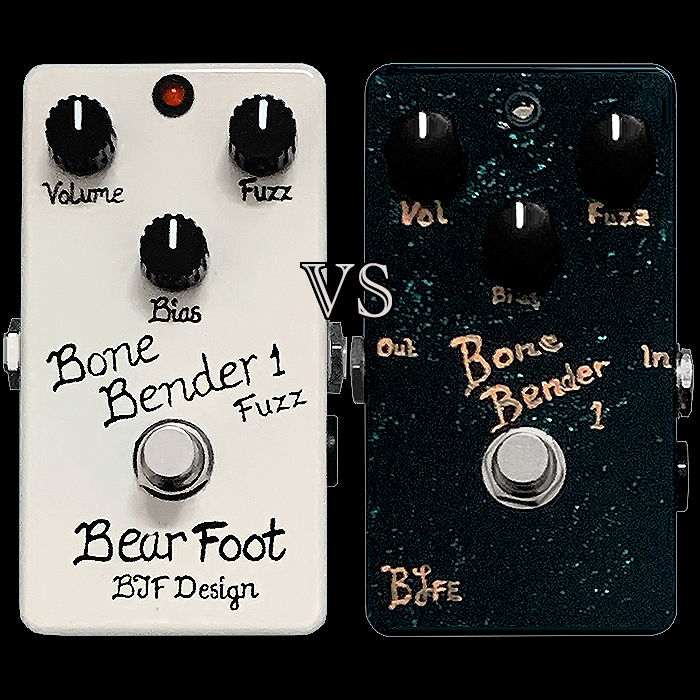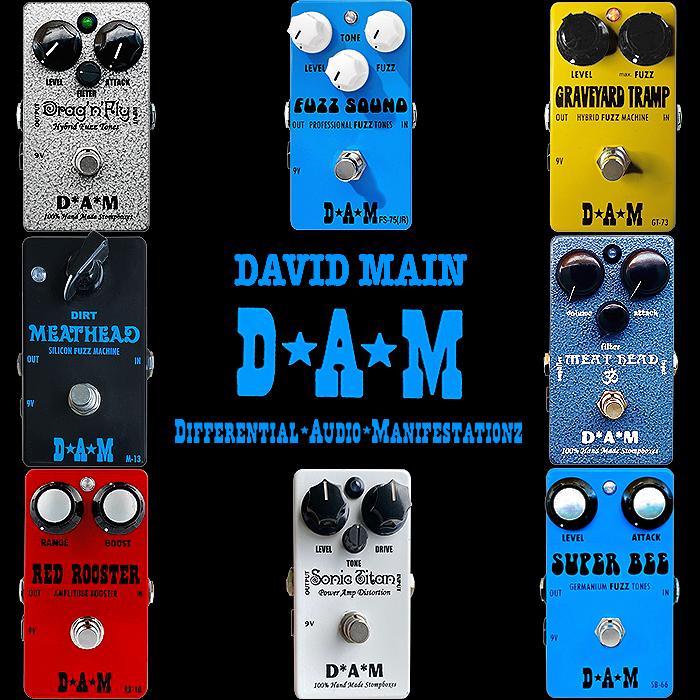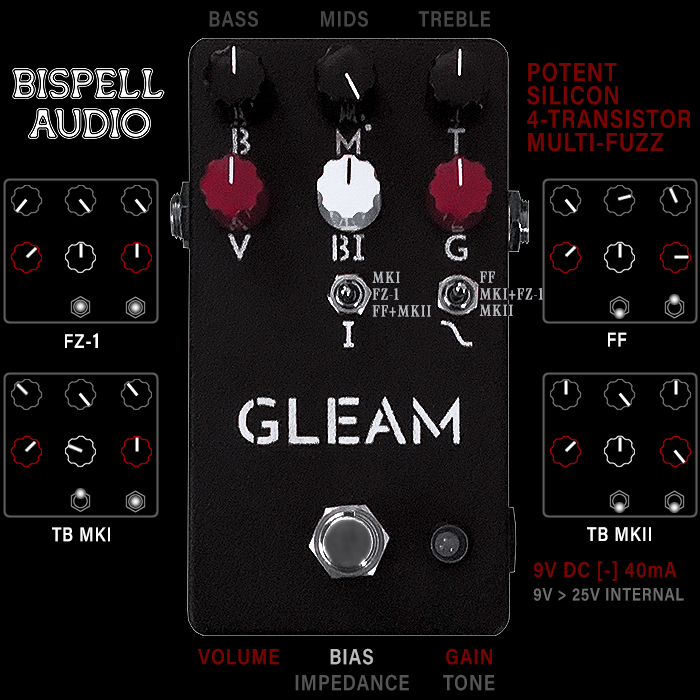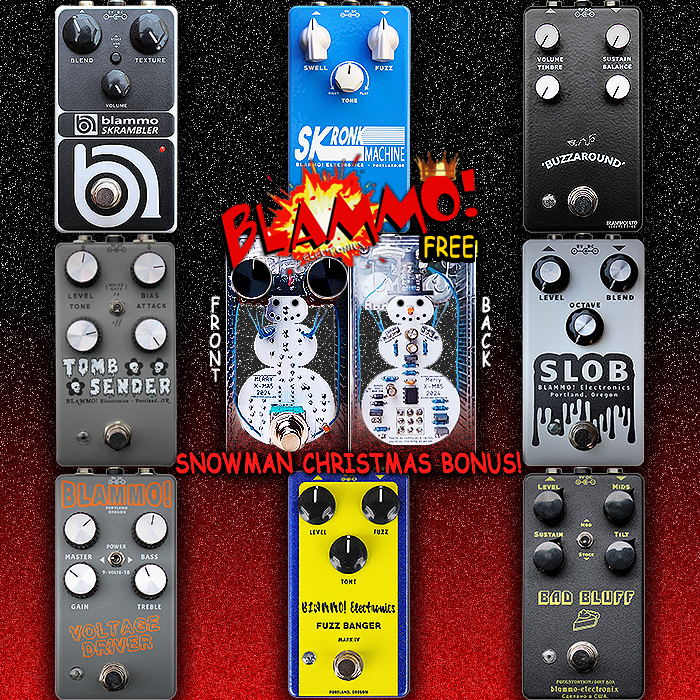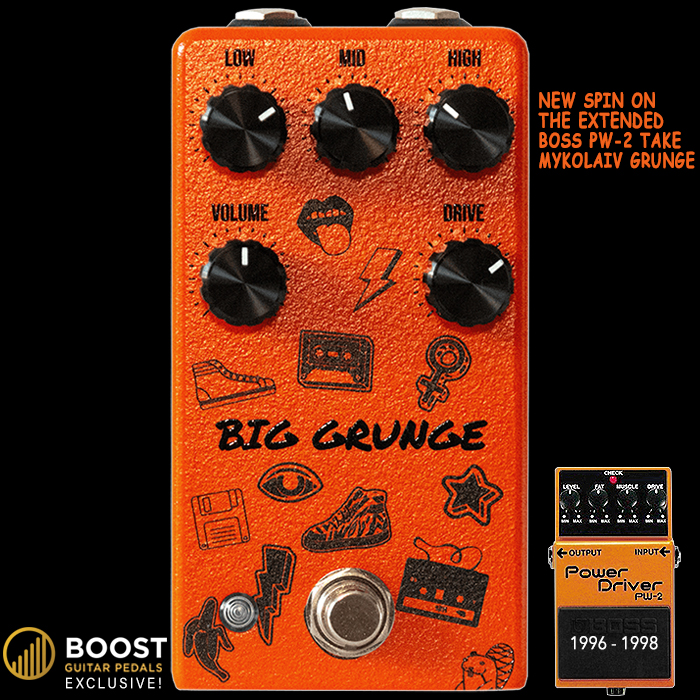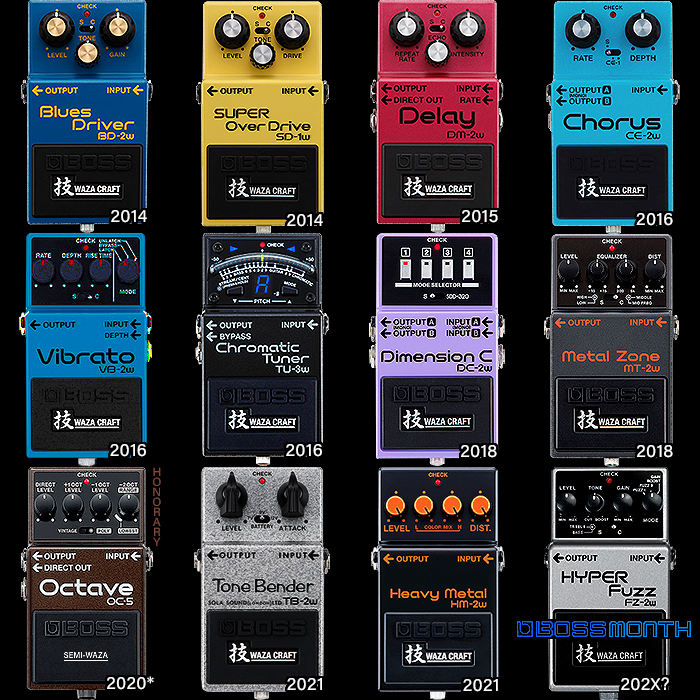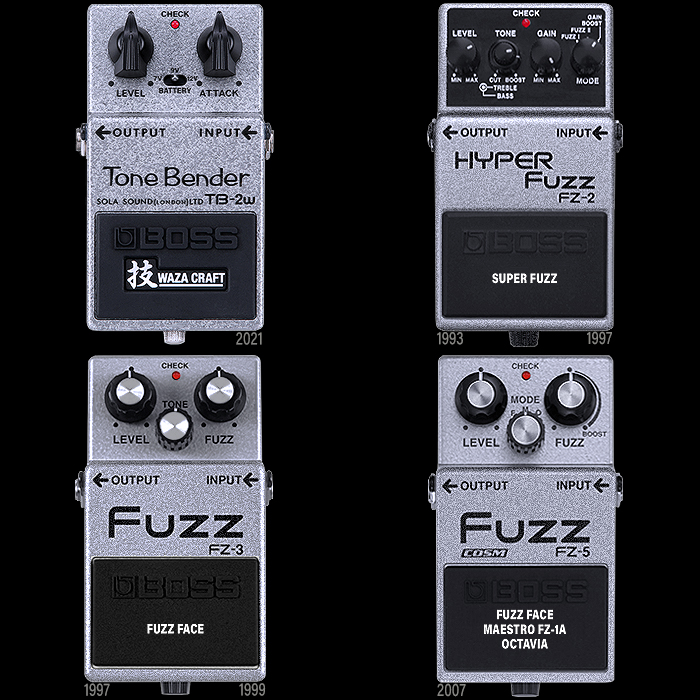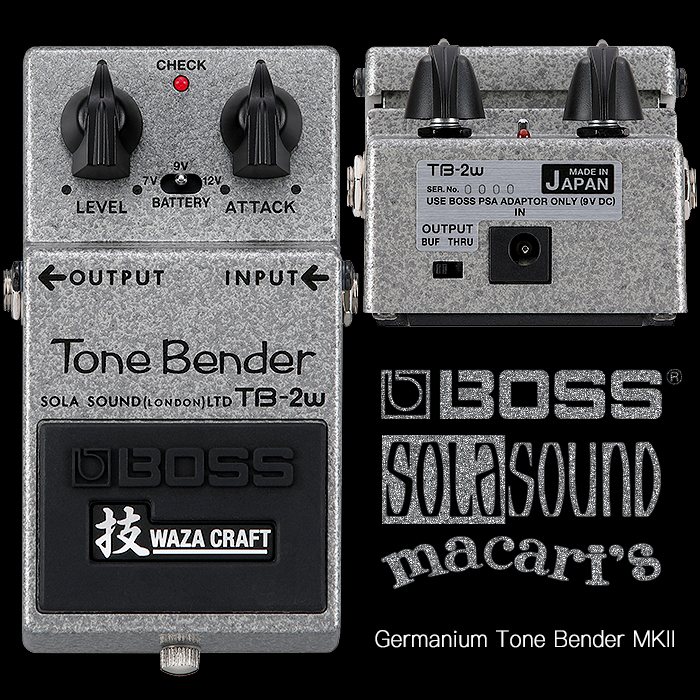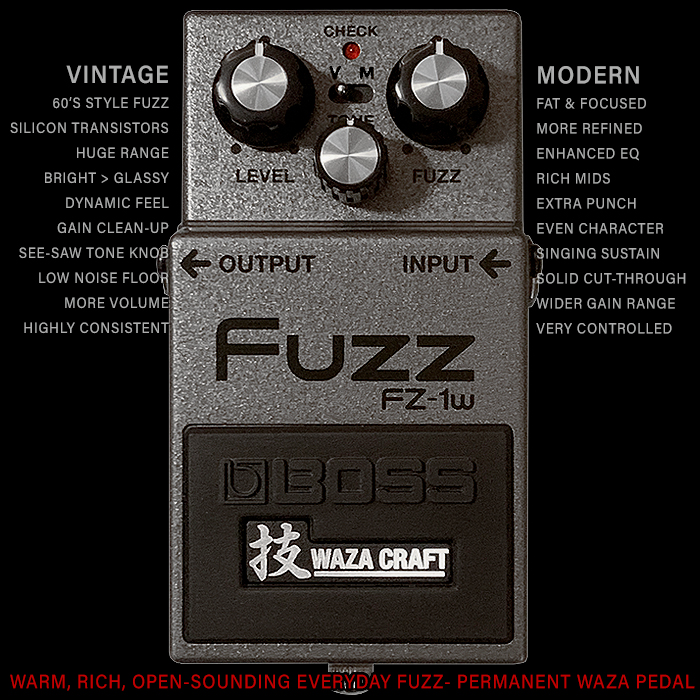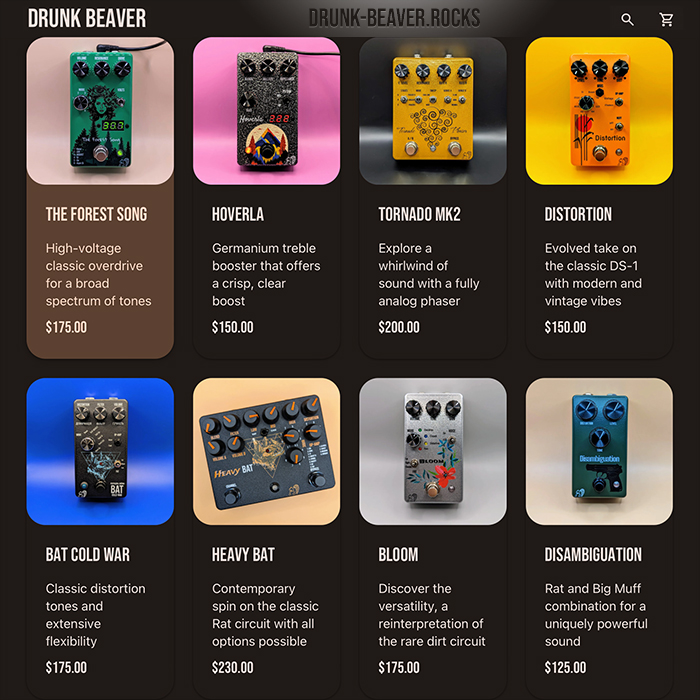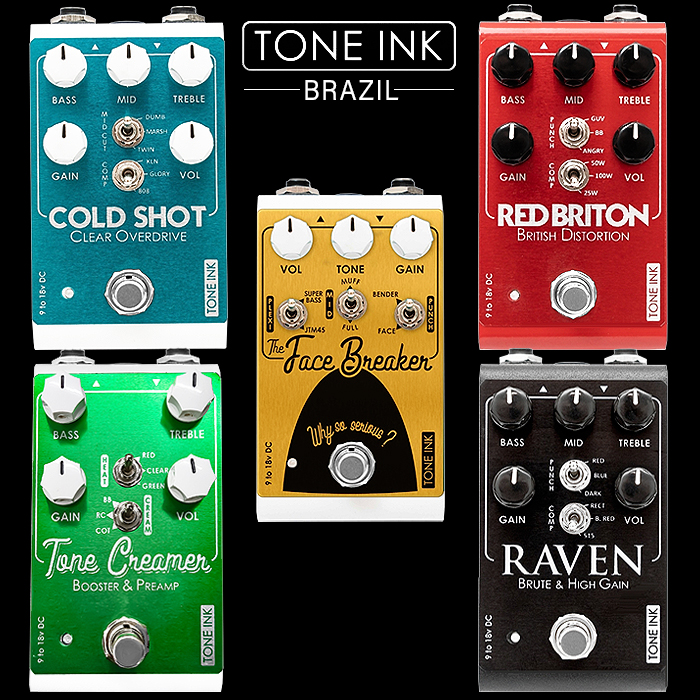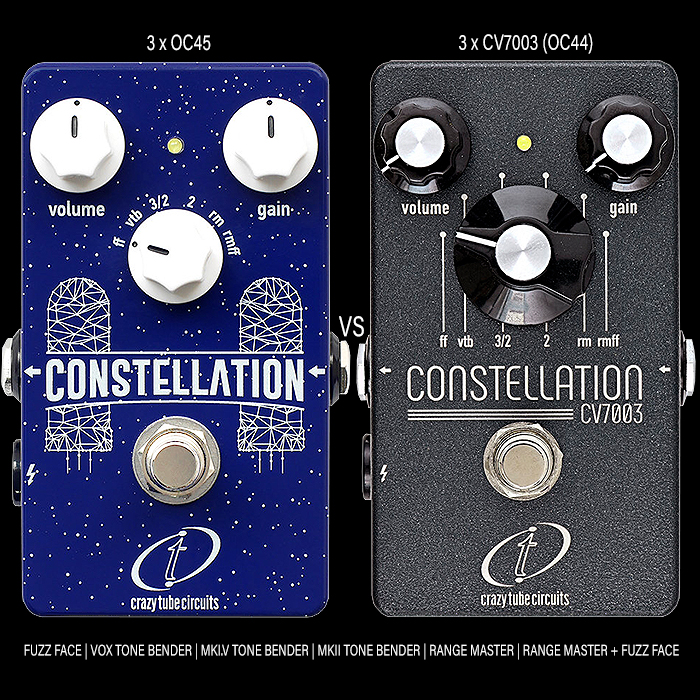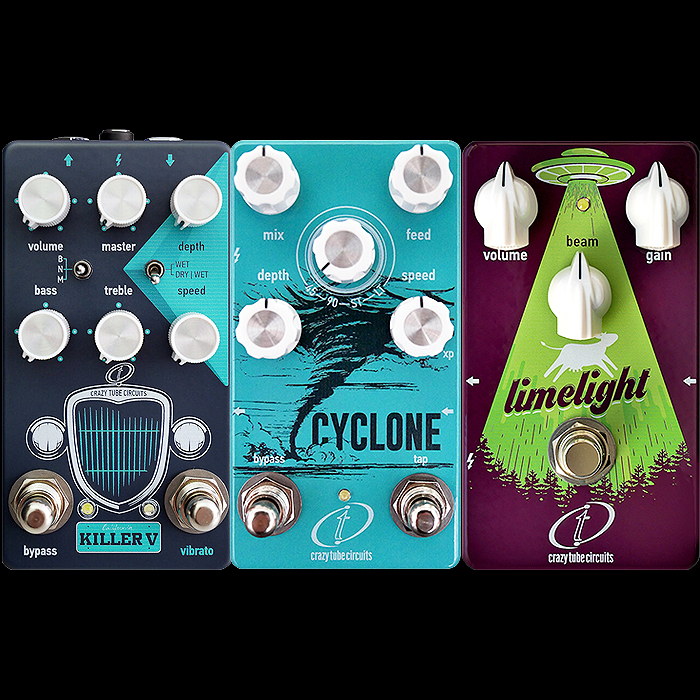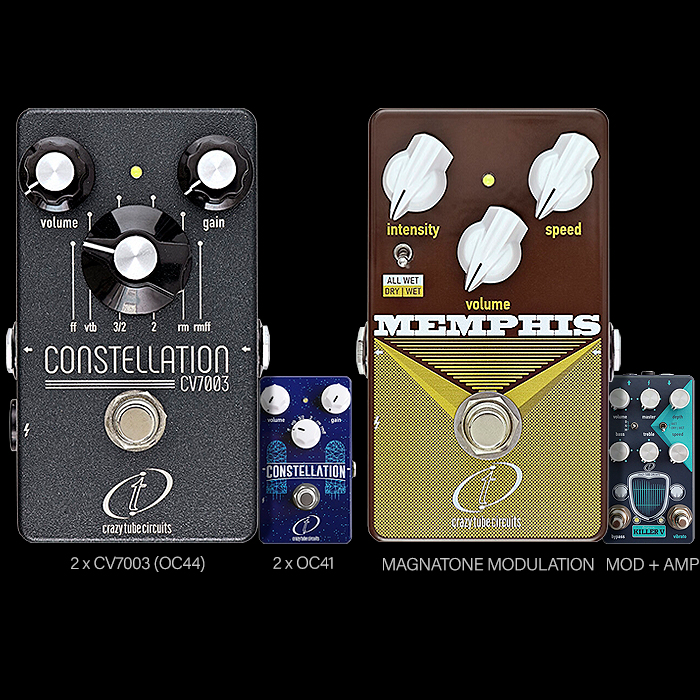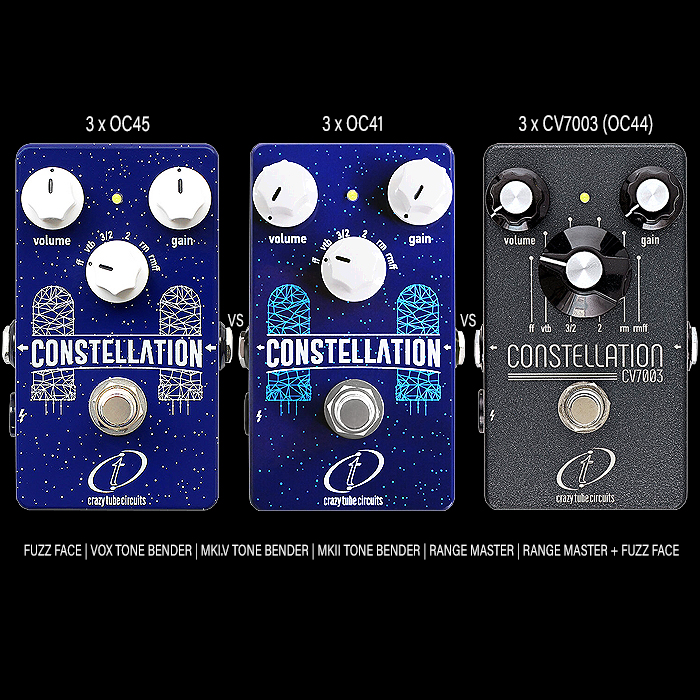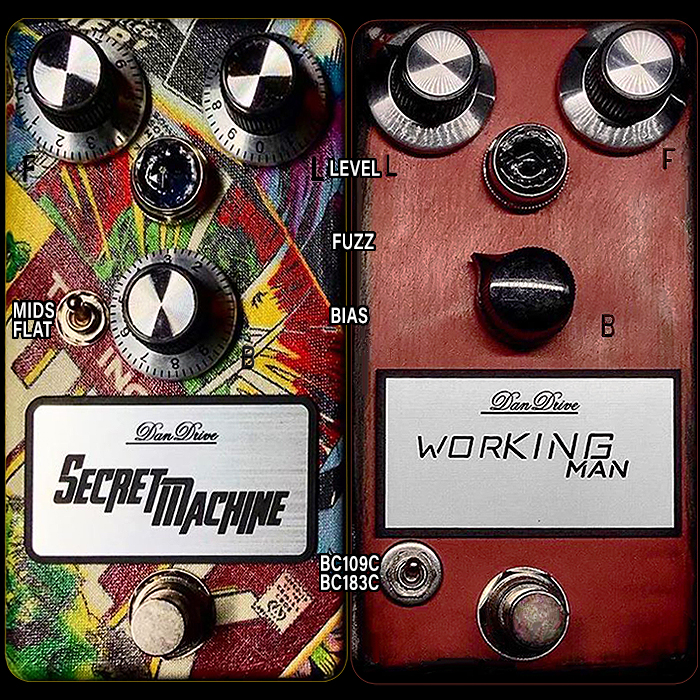Drunk Beaver's V2 Taras Bulba All-Germanium Dual Tone Bender style Fuzz further enhances and elevates that format with more refined controls
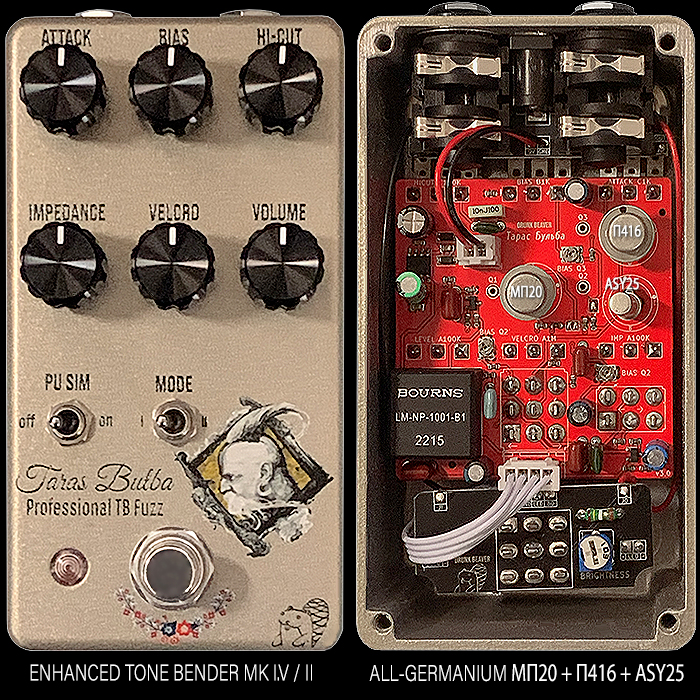
Vitalii Bobrov has further honed and improved his Taras Bulba circuit (named after the Ukrainian folk hero) - which covers both MK I.V and MK II Tone Bender varieties. The updated controls give you even more textured Tone Bender tones and allow you to shape your output more finely than ever before.
We have an entirely new granular ’Velcro’ control now which adds further texture under certain conditions - as detailed below. And the pedal looks even prettier also in its new Champagne Sparkle colourway - with those cool kind of signature Drunk Beaver knobs.
Controls - Attack (Gain), Bias, Highs (labelled Hi-Cut), Impedance, Velcro, Volume, Pickup Simulator Off / On, Mode I / II (TB MK I.V / MK II).
Note that there is a different combination of 3 x Germanium Transistors in each pedal - some Soviet ones, some Polish etc. It’s the combined Leakage / hFE values that are important. In my particular example the Transistors are MП20 + П416 + ASY25 - but the individual designations of Transistors will vary from pedal-to-pedal.
Most of the controls are fairly self-explanatory. The Hi-Cut is slightly strangely labelled where ’Highs’ would be more suitable as they increase as you rotate the knob CW.
’Velcro’ controls the amount of feedback between the Q2 and Q3 Transistors - which impacts the gating effect. It goes from 47k (Fuzz Face, TB MK 1.V standard value, 100k for TB MK II - and since the pot is logarithmic - 100k at around 10 o’clock) up to 1M.
As previously, the ’Impedance’ pot is only active when the Pickup Simulator is engaged. The Velcro pot also varies the MK 1.V Mode biasing for the Q3 Transistor in a wide range from ~2V to ~7V, while it doesn’t impact the Q3 much in MK II Mode.
The Q2 Transistor is biased separately for MK 1.V and MK II - you might notice internal bias trimpots for Q2 (MK II) and Q2 (MK I.V).
The Q1 Transistor is only in the circuit for the MK II mode, meaning you obviously have 3 transistors for MK II and just 2 for MK I.V Mode. MK I.V is of course very close to the classic Fuzz Face circuit with a slightly different voicing due to some parts value differences.
I personally tend to have Attack, Bias and Hi-Cut (Highs) all set fairly high - often at or near max. While the Input Impedance and Velcro dials are dialled back, and Pickup Simulator mode typically switched off.
The Velcro brings in more breakup to the texture, while the Impedance and PU Sim (used in combination) can boost or attenuate the pedal’s internal signal strength and how that impacts on the clarity and consistency of output.
There are some similarities between the Taras Bulba and Ramble FX Twin Bender while there are significant differences too in the nature, number of controls and actual core circuits and components. The Taras Bulba has somewhat higher granularity and shaping overall - while it doesn’t have the 3-way EQ switch of the Twin Bender.
If you’re looking for full-flavoured MK I.V and MK II Tone Bender voicings that you can shape in the smartest way possible - then the Taras Bulba is obviously your weapon of choice. The Twin Bender is really decent too, while discontinued now alas in the wake of Tim Krueger’s passing.
The V2 Taras Bulba is available for order right now at $200 from the Drunk Beaver Reverb.com Store - for a very reasonable $200 for an all-Germanium Transistor Tone Bender style Fuzz.
Demos







